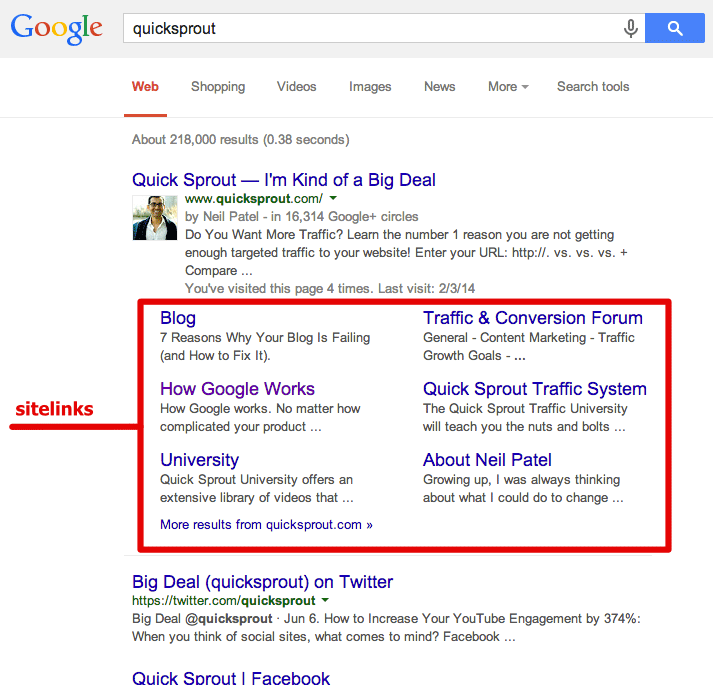Navigation structure
Users and search engines want to find relevant content as fast as possible. A clean navigation structure helps to indicate what information is valuable, and bots can easily understand the hierarchy of important pages and less important ones.
Also, a good navigation can influence the results of sitelinks (a list of direct links to pages on your website) in the search results.

Best practice
- Make your hierarchy logical.
- Create a URL structure that follows your navigation hierarchy.
- Keep the number of main categories between two and seven.
- Try to balance the number of subcategories within each category.
- Use a shallow depth navigation structure. A shallow website (that is, one that requires three or fewer clicks to reach every page) is far more preferable than a deep website (which requires lengthy strings of clicks to see every page on your site).
- Write your navigation links descriptively. If your site is all about building model trains, it’d be much better to have "Model Train Parts" than "Products".
- When you create your navigation, keep the coding simple. HTML and CSS are your safest approach.
- How to Create a Site Structure That Will Enhance SEO